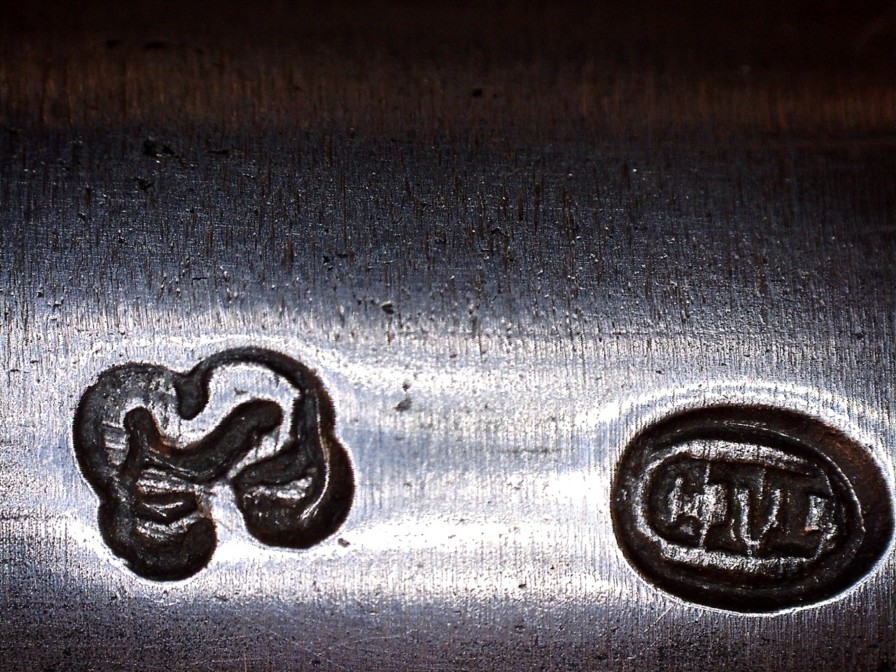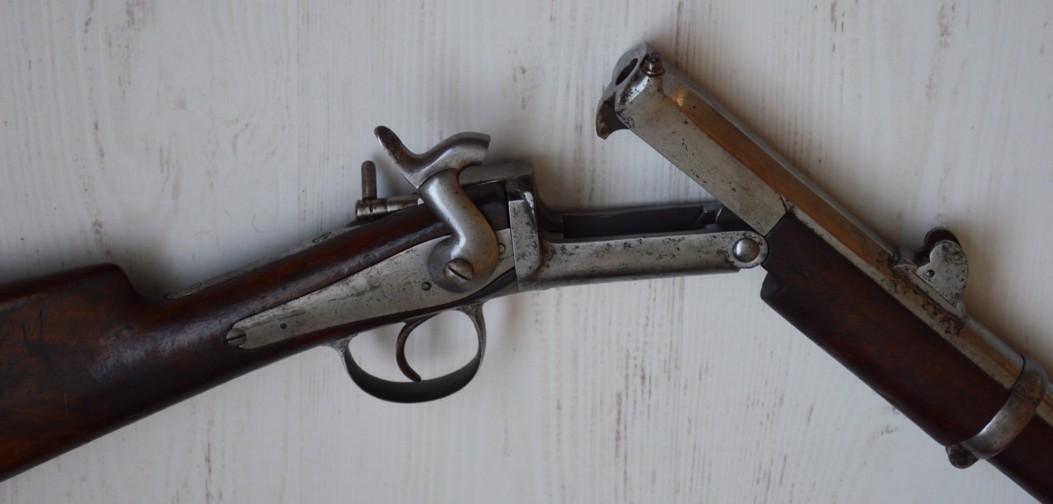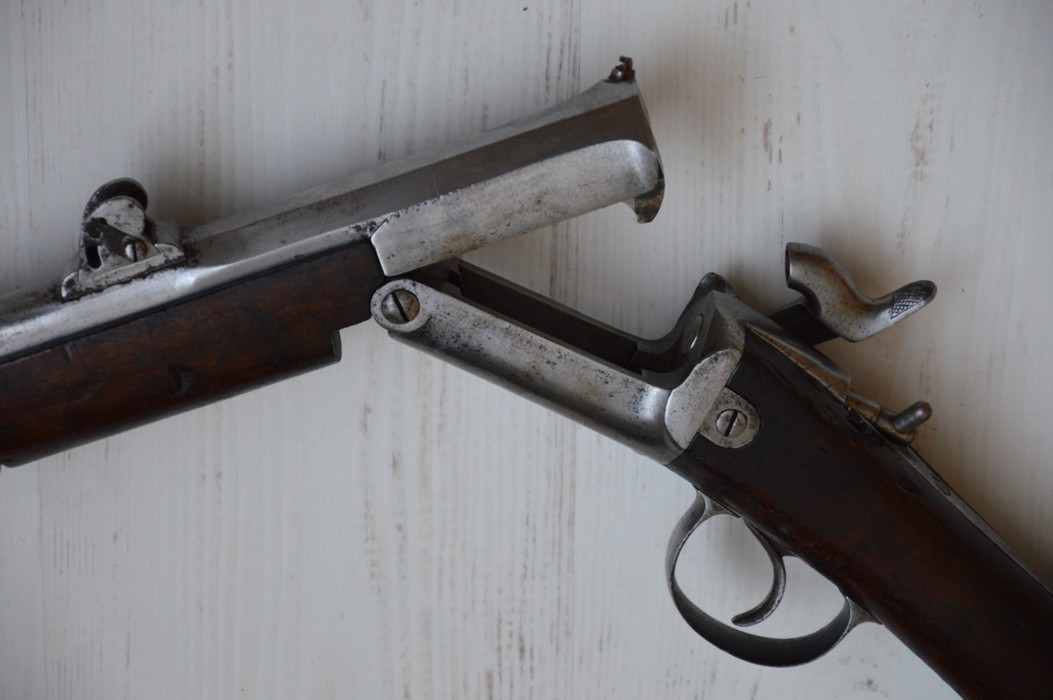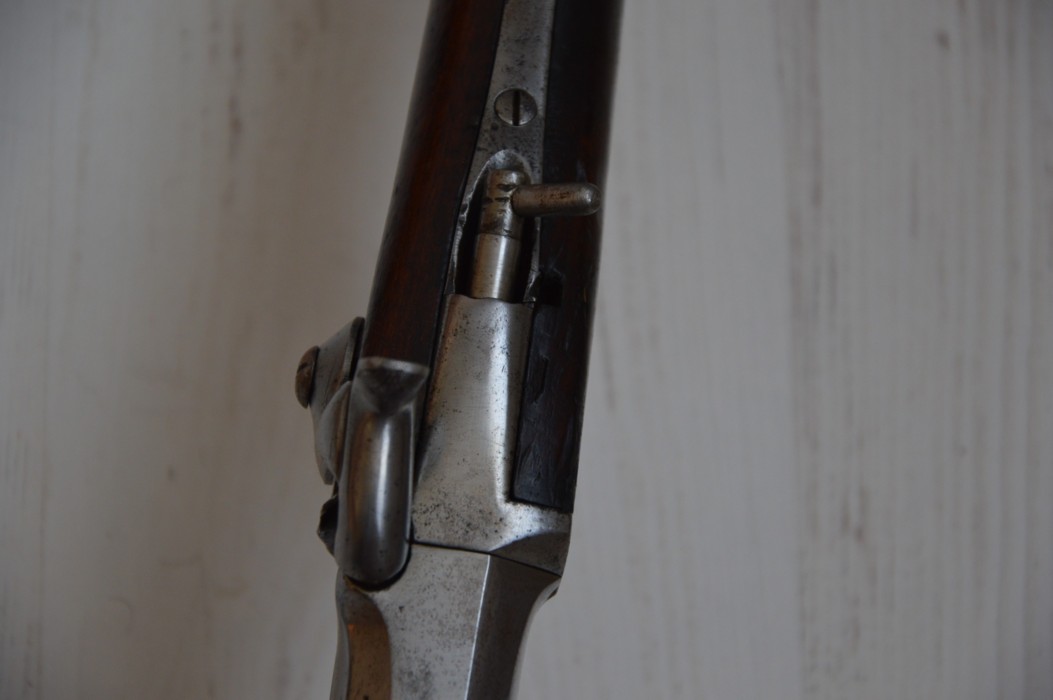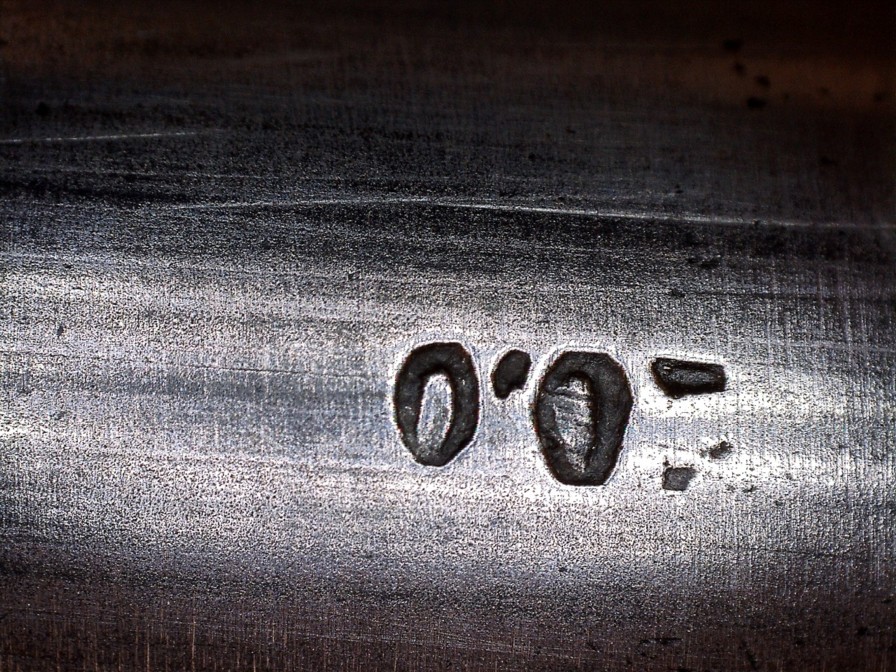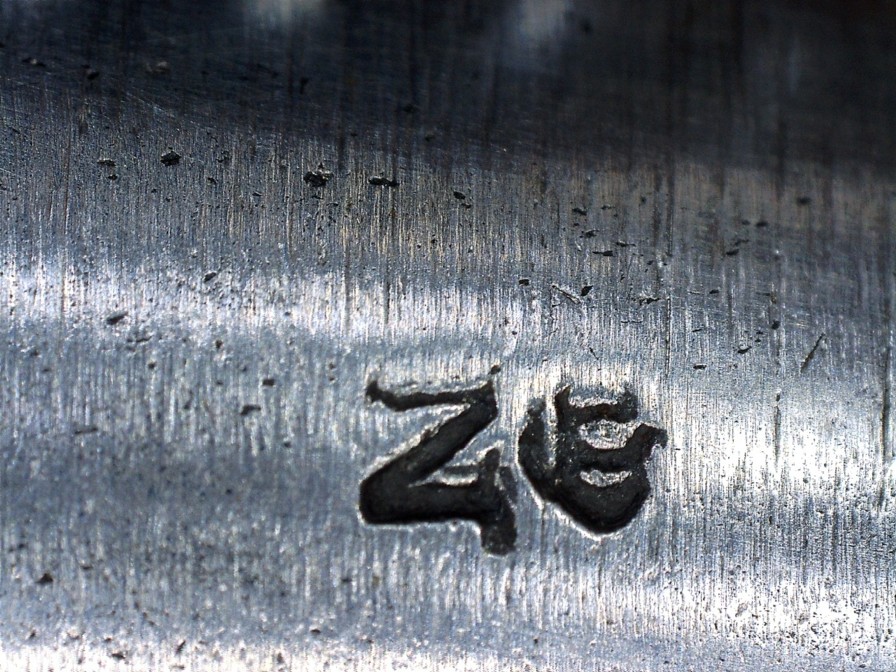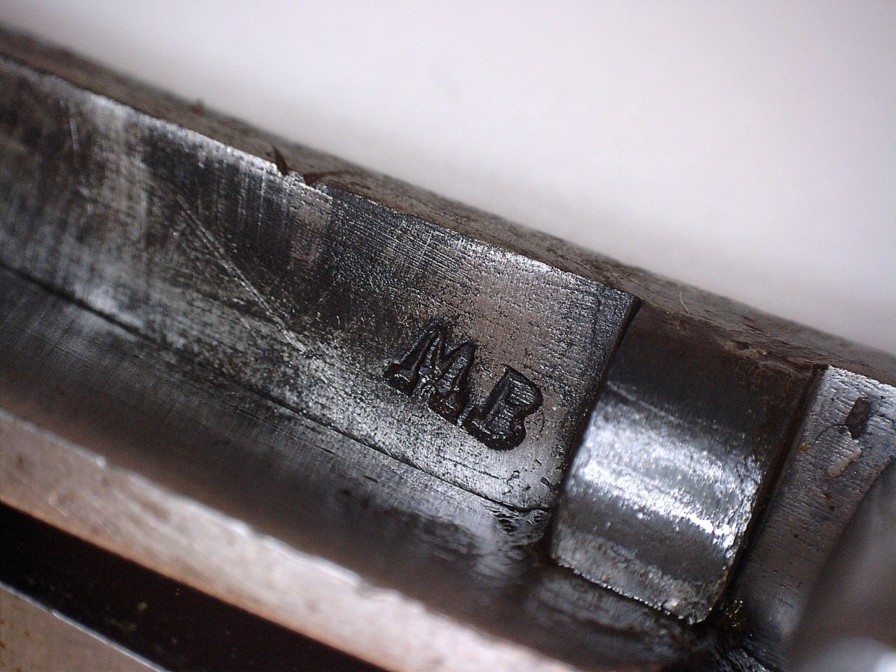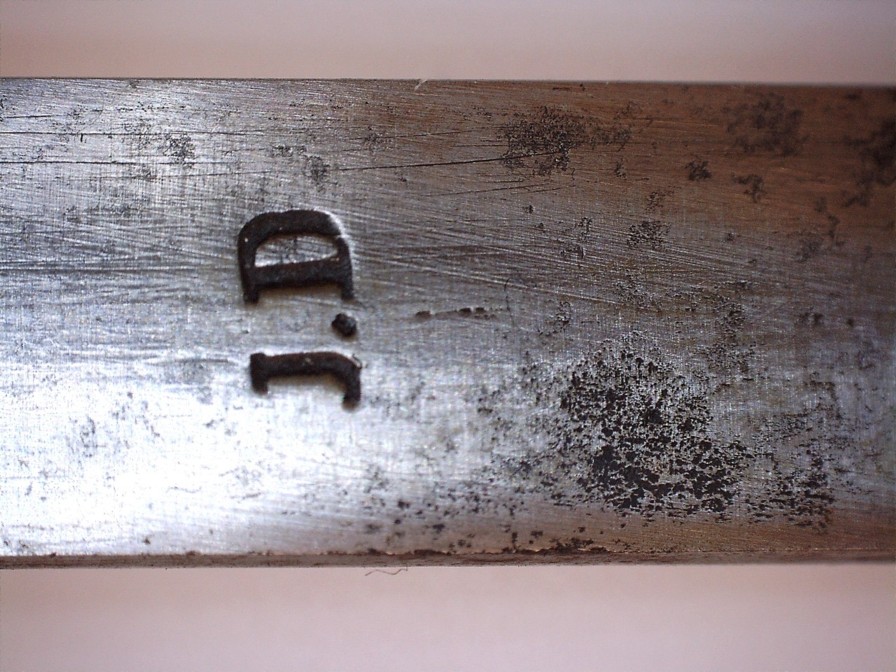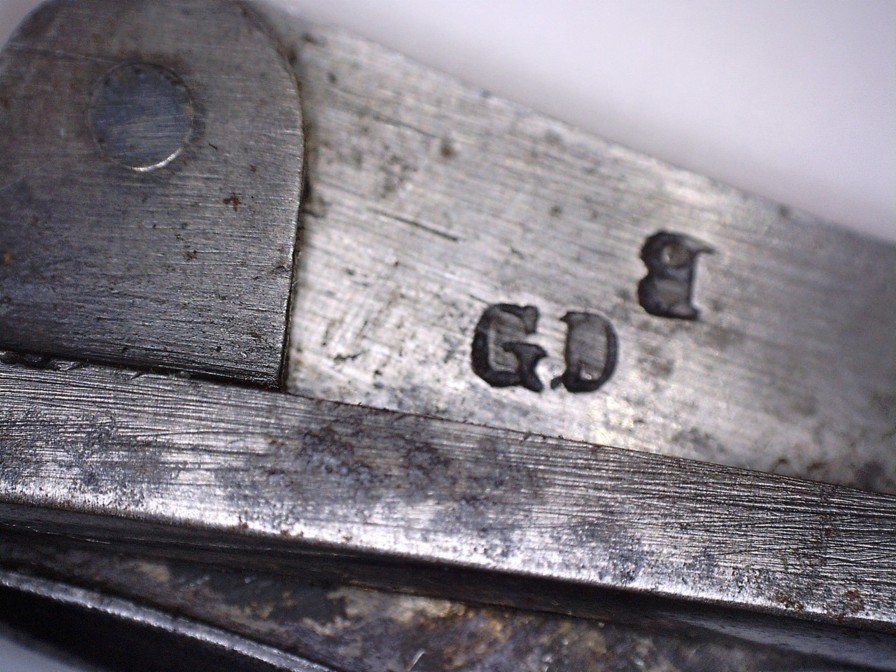Some of the most beautiful work of this craftsman, and many others, are in this book “Liège Gunmakers through their Work. 1800 - 1950”.
For more detail see: LIEGE GUNMAKERS
MASQUELIER Charles
Here is a .22 L rifle as many Liège manufacturers
manufactured/sold in quantity before and probably even after the First World
War. We are thinking in particular of
Henri SAUVEUR,
himself a marksman.
This is marked
C(h) MASQUELIER.
Markings
R
crowned: striped cannon, in use between 1894 and 1968;
Perron:
inspection, in use since 1853;
C under
asterisk: countermark of a controller, in use from 1877 to 1968;
ELG on
star in crowned oval: accepted by the Liège Test Board from 1893 to 1968;
22 L: the caliber.
GP avec l’aide de HPH








MASQUELIER Charles
It is a single-stroke percussion rifle. The barrel, presumably smooth, is
8-sided. It carries the usual aiming devices such as the front sight inserted by
a tenon-mortar and the sight notch in several positions. The barrel is attached
to the battery by a single screw and a hook. The hammer is placed on the right
rear flank. What seems to me to be a safety is placed next to the hammer, it
slips into the body of the lock to block the opening (break) of the barrel. The
trigger under oval bridge is curved. Walnut butt is shaped in English. Should
the fixed tenon at the end of the barrel be used to attach a bayonet?
This weapon has various marks from the proofhouse of Liège, which indicates its
origin in Liège. Either the following hallmarks:
Crowned N: Controller’s countermark, in use from 1846 to 1893.
EL in English letters: provisional proof, in use from 1852 to 1893.
MB – J.D – GD: these are likely to be trademarks of unidentified subcontractors
involved in the manufacture of the weapon.
The gun also bears the markings:
1241: numbering of the weapon.
CM in a lying oval: this is most likely the
manufacturer’s marking. It may be a mark belonging to
Charles
Masquelier, an arms manufacturer in Liège
rue de la Cathédrale, 94 (1911/1925) although I think, from the punches, that
these dates are too late.
Letter Q (inverted P): origin ignored.
GG


